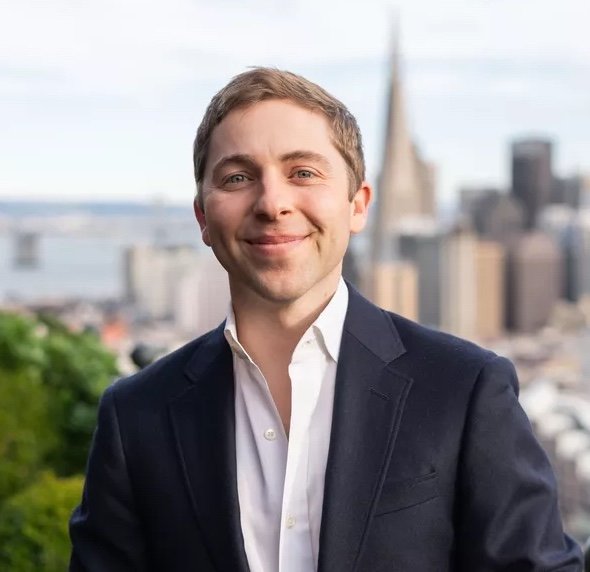7 Questions with Alexander Berggruen
Dexter Wimberly interviews Alexander Berggruen, founder of Alexander Berggruen Gallery, and Hayama Artist Residency 2026 Selection Committee Member.
1) You launched your gallery in 2019—just before the pandemic reshaped so many aspects of the art world. What inspired you to take that leap, and how did your prior experience at Christie’s influence your approach?
I worked at Christie's for almost five years, and I really loved the experience. But one thing the auction world doesn't really offer is working directly with artists. I was excited to start a gallery that could build upon my relationships and experience within the secondary market, but I knew I wanted to explore the newer-to-me territories of studio visits, exhibitions, publications with living artists, and art fairs, among many other things that the primary market offers. Timing was certainly an interesting aspect—I founded the gallery in late 2019 and hosted three exhibitions before the pandemic hit. But I'm definitely grateful that, even through that very challenging time, we grew our artist, collector, and museum network. Part of this growth might have come from people spending more time at home in front of blank walls. And I'd like to think (or hope) that art was bringing optimism and joy in a time of need.
2) How do you typically discover new artists, and what draws you to work with a particular artist or body of work?
Some of my best introductions to artists have come from other artists, collectors, and colleagues. If there is enough of a spark (aesthetically and conceptually) from an initial review of a recommended artist's work (from afar), then I'll often request a studio visit with an artist. On a studio visit, I usually get a better sense of how the artwork looks and feels in the flesh (so important!) and how the artist speaks about their work (also key!). I probably do over 100 studio visits each year, and maybe 20 of those really stick out in my mind, and, if I'm lucky, I'll get to include 5–10 of those artists in shows and fairs. Much of it takes time and patience.
I also try to visit as many gallery and museum shows as I can here in New York and when I'm on the road. My wife, Lilly, and I especially love to see exhibitions when we travel. From shows abroad, group shows with artists who maybe are not yet shown as broadly in New York, and open studios at MFA programs and residencies, for instance, there are so many ways to discover new artists organically, too.
3) What does being based in the Upper East Side of New York contribute to your gallery’s identity, and how do you see your space in conversation with others in the city?
I love having the gallery in the Upper East Side and feel lucky to be amidst other great colleagues and museums. To me, the Upper East Side is a classic New York neighborhood, anchored by places like The Met, The Guggenheim, and, of course, my favorite lunch spot—E.A.T. My hope is that our gallery, being on the Upper East Side, can stand out by offering a more emerging and mid-career program in contrast to some of the more historic offerings among the other galleries and institutions up here.
4) How do you balance showing emerging talent with more established voices in your gallery program?
From my foundation at Christie's, it's always been a part of my gallery programming, and private sales behind the scenes, to conduct secondary-market business of more historic and established artists. I especially love when we organize group shows that mix secondary-market works with contemporary artists we represent or exhibit. David Hockney and Tony Lewis were both in my first show, for example. My hope is that these kinds of shows encourage a two-way dialogue: younger artists adding a new voice to a long conversation and historic artists perhaps being reexamined in a new light.
5) What advice would you give to someone entering the gallery world today, whether as a gallerist, curator, or aspiring collector?
At about six years in now, please take any advice I give with a big grain of salt! But, even from this vantage, it seems that slow and steady growth has thankfully been rewarding. The art market will always have its ups and downs over the years. I truly believe that collectors who can acquire great works in softer markets are wise to do so, and that galleries who store their acorns well for the colder winters are prudent to do so.
For collectors, the age-old saying "collect with your eyes, not your ears" will always be true—perhaps now more than ever. And for organizing exhibitions, I would recommend to gallery owners, directors, and curators to look toward the quality of art foremost (especially artwork that is doing and saying something different and really stands out), much more so than chatter, buzz, or hype around an artist, or worse yet, their market. My goal has always been to put on the highest-quality exhibitions we can, and—importantly—to be able to continue putting on exhibitions.
6) How do you define your gallery’s role in supporting artists' long-term careers, especially in today’s fast-moving art economy?
I think looking toward working with artists can only be done effectively with a long-term vision. An artist aims to make work for a whole career—a whole lifetime. To best support that ambition, a gallery should encourage artists to take enough time to experiment and make work that continues to push forward from the prior body of work—not to simply work deadline to deadline or meet collectors' demand or market attention.
I'm especially proud that my gallery has produced about 15 books and catalogues since inception, all under the excellent direction of our Associate Director, Kirsten Cave, who often contributes her own writing to these publications. We've also invited curators and writers to write essays and interview artists for many of these books. My hope is that this effort adds to the discourse around the artists we show and the state of contemporary art at large.
7) What’s on the horizon for the gallery—any upcoming exhibitions, artists, or initiatives you’re particularly excited about?
Thank you! I'm especially excited for our Fall 2025 programming. We'll start off with a solo booth of new paintings and works on paper by Brittney Leeanne Williams at The Armory Show in early September. Then, we'll present our second solo show with Sholto Blissett at the gallery the week after that. And finally, we'll host our second solo with Gabriel Mills in October. These presentations should make for an exciting mix of figurative, surreal, landscape, and process-oriented explorations within painting.

